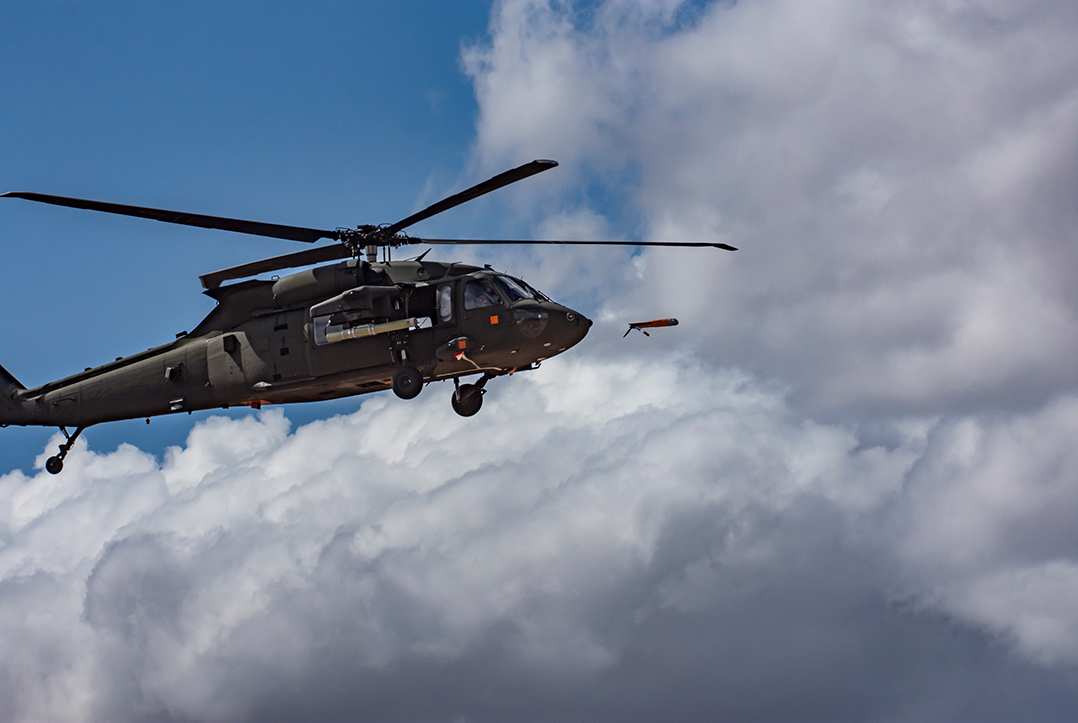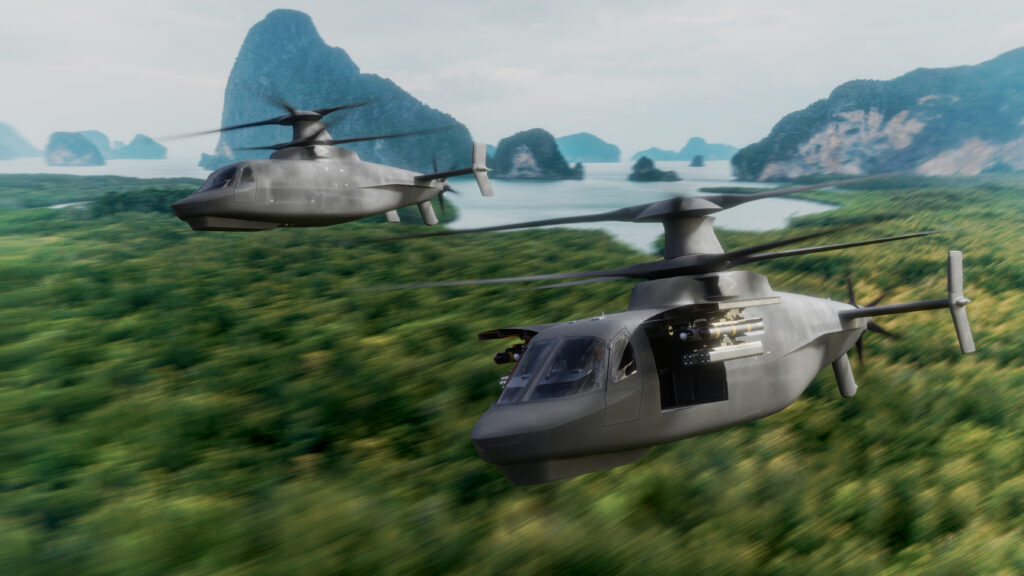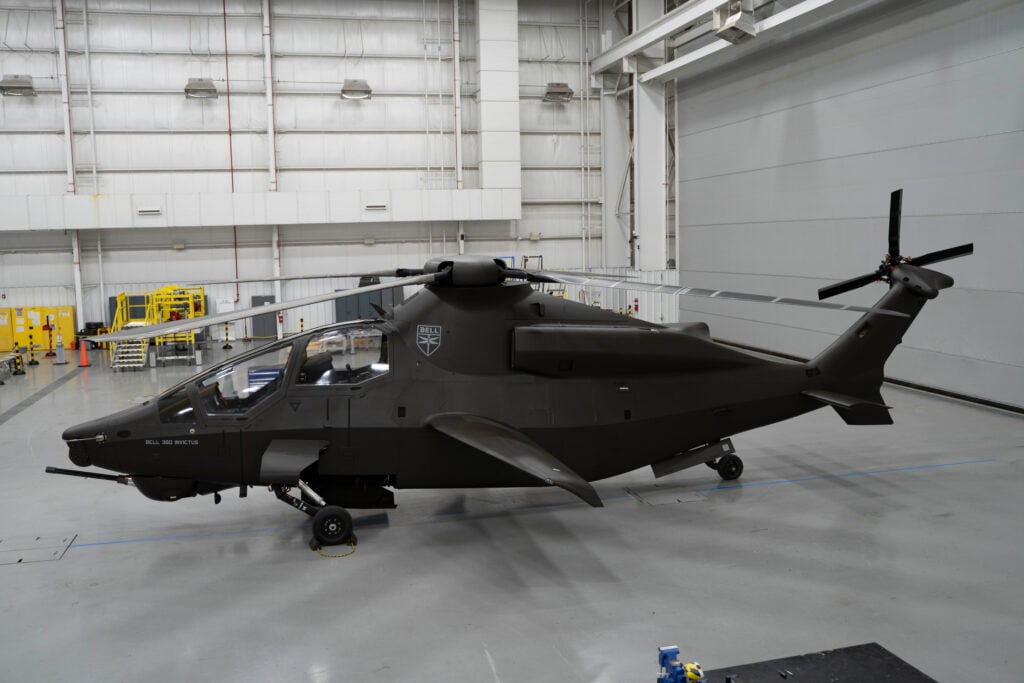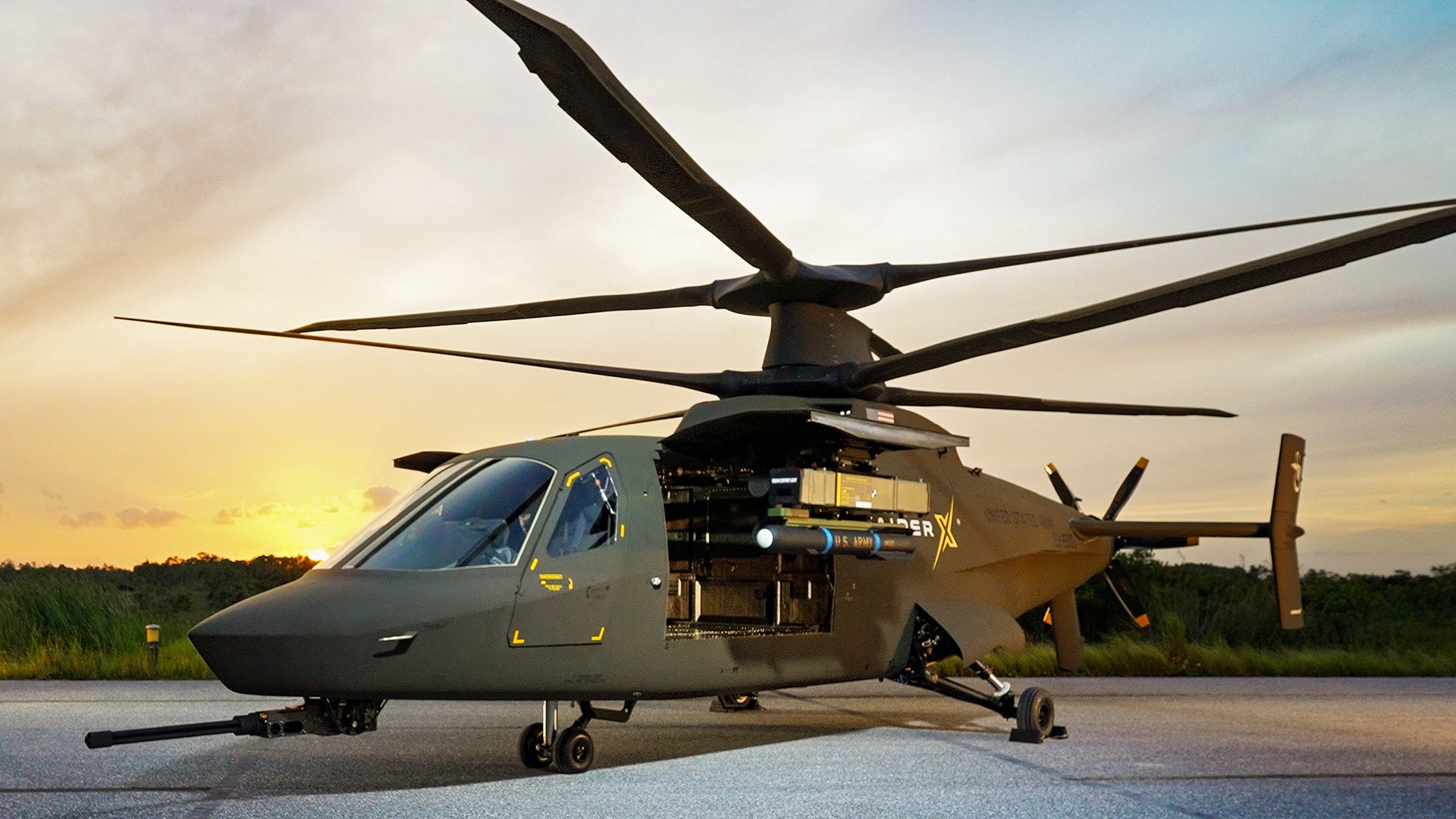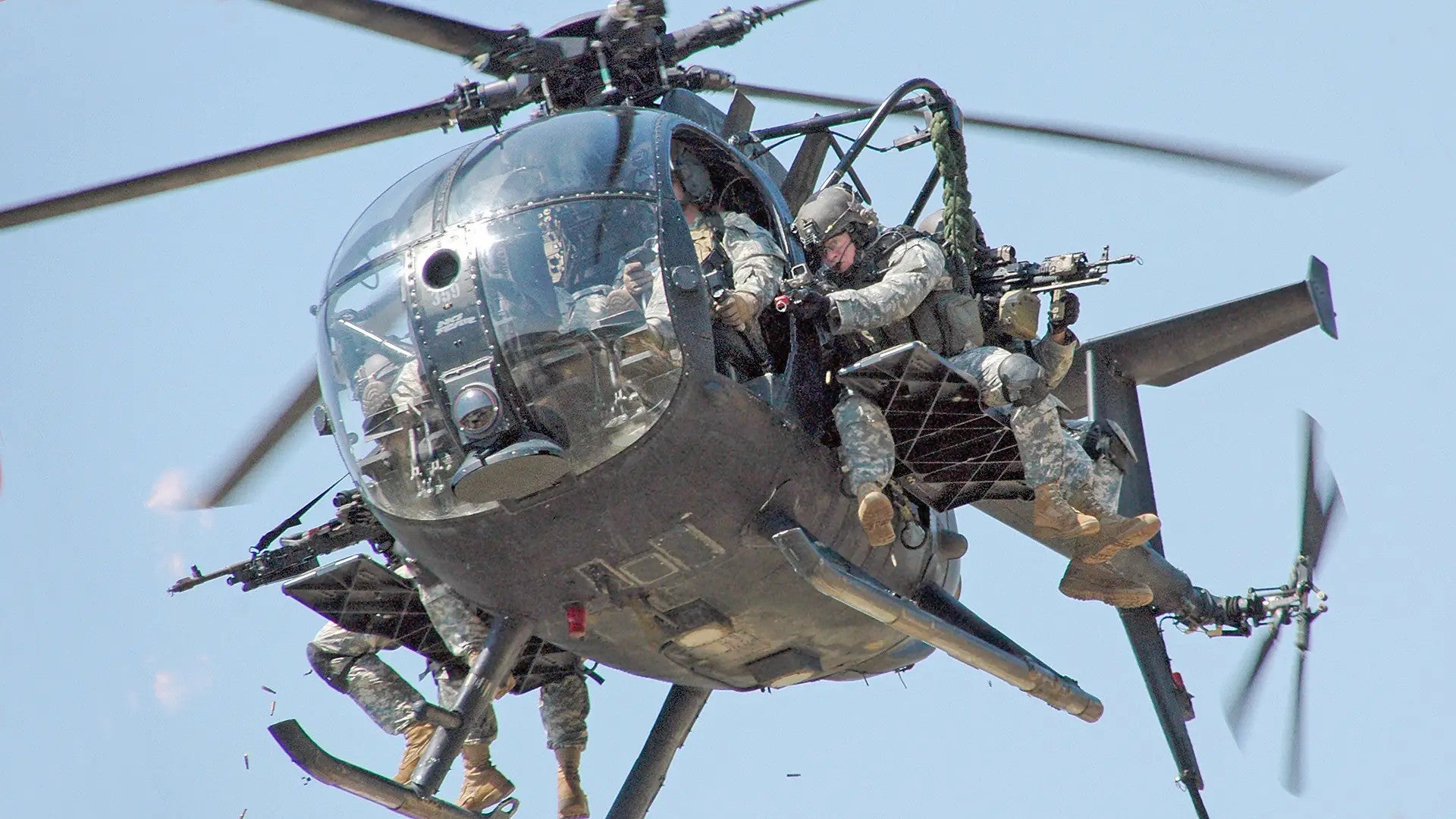e-Graphite
ACCESS: Confidential
- Joined
- 15 June 2023
- Messages
- 60
- Reaction score
- 133
AH-56 was stiff in plane and “hingeless” but still had flapping compliance. Its rotor is about as stiff out of plane as the Bo-105 or Westland Lynx. First flap mode is something like 1.12/rev or so (Lynx is 1.09). The Sikorsky ABC/X-2 aircraft have out of plane stiffnesses on a whole other level. First flap is in the range of 1.4 to 1.5/rev depending on model and while those numbers don’t sound very far apart, they’re hugely different.The AH-56 also had a stiff, hingeless rotor, and I don't recall hearing it had an issue with vibration.
AGARD-AG-197.pdf
If you want some not-so-light reading on hingeless rotor systems, this NATO AGARD paper is still a good resource as it surveys research efforts across a range of companies. This paper indicates the AH-56A has a flapping limit of around 4 degrees, on the same order as a Bell stiff in plane flapping flexure hub and some others. Definitely is classified as "soft out of plane". The ABC/X-2 rotors, aside from some early Hiller coaxial designs and the early Bendix coaxial helicopters, are really the only stiff out of plane models... note that none have ever gone into service. The Hiller X-2-235 (coaxial rigid two bladed rotor system) reportedly shook so badly, the government elected not to risk their wind tunnels testing it when it was donated to them. So 3, then 4 blades, does represent progress, I suppose.
Last edited:

